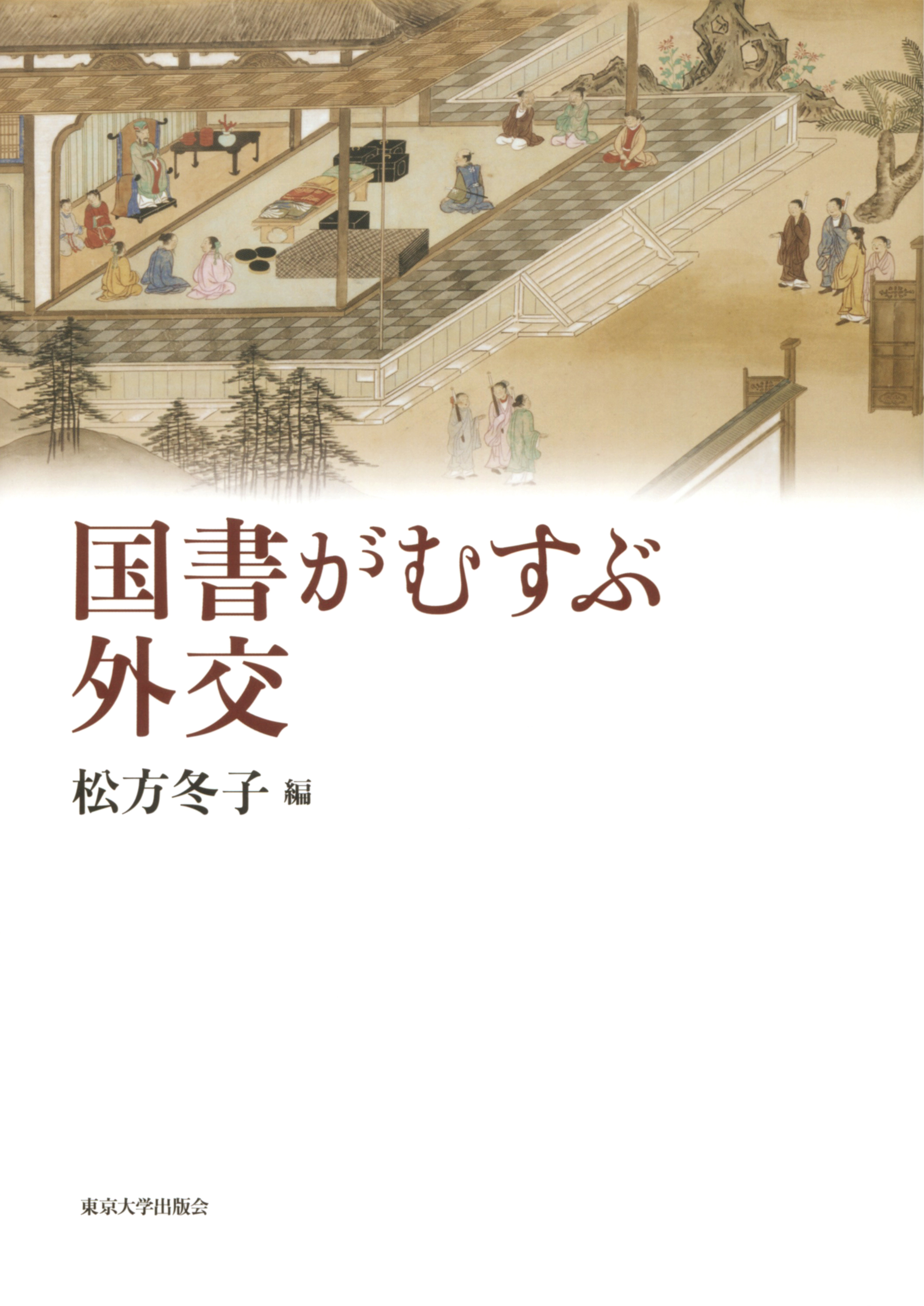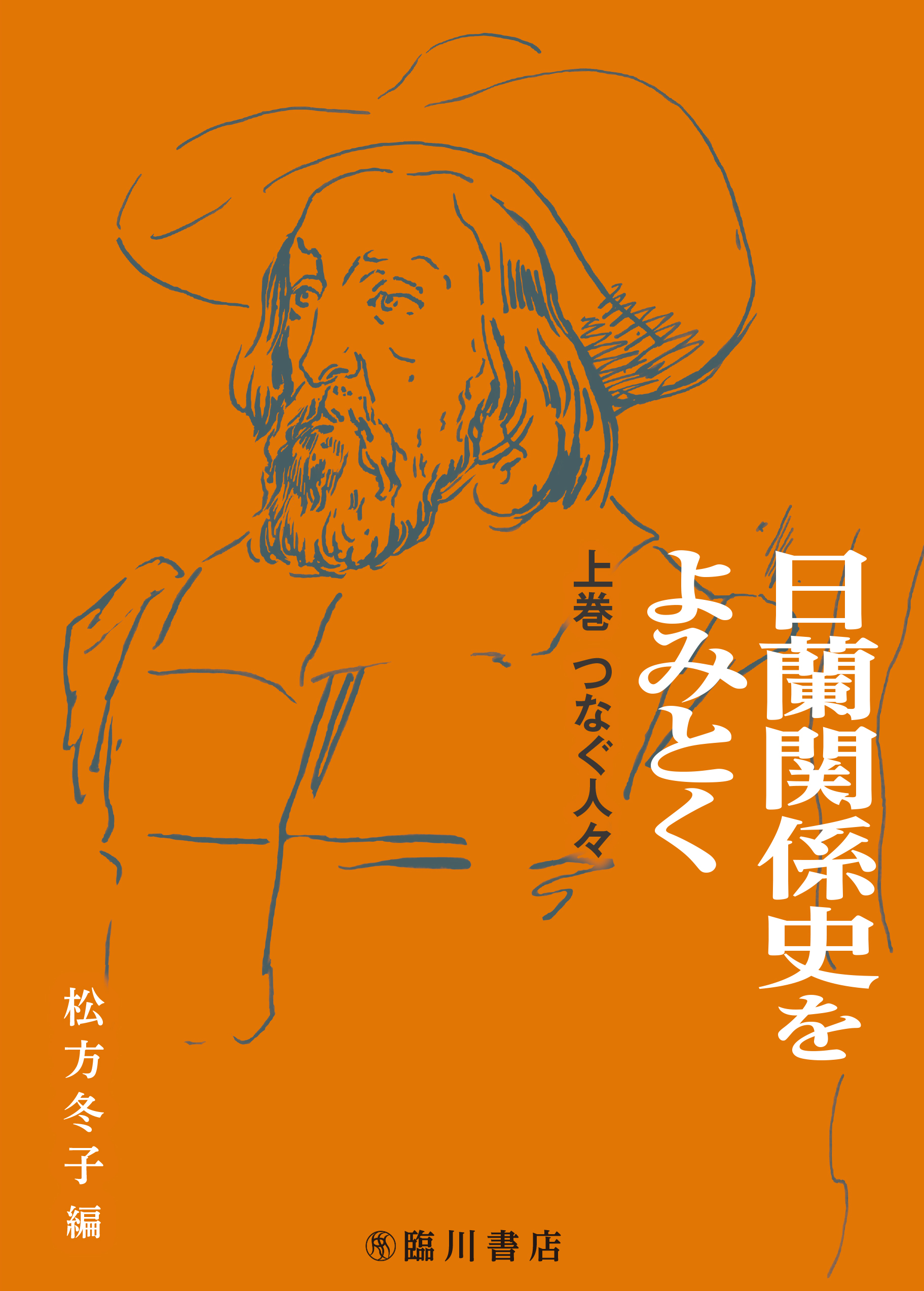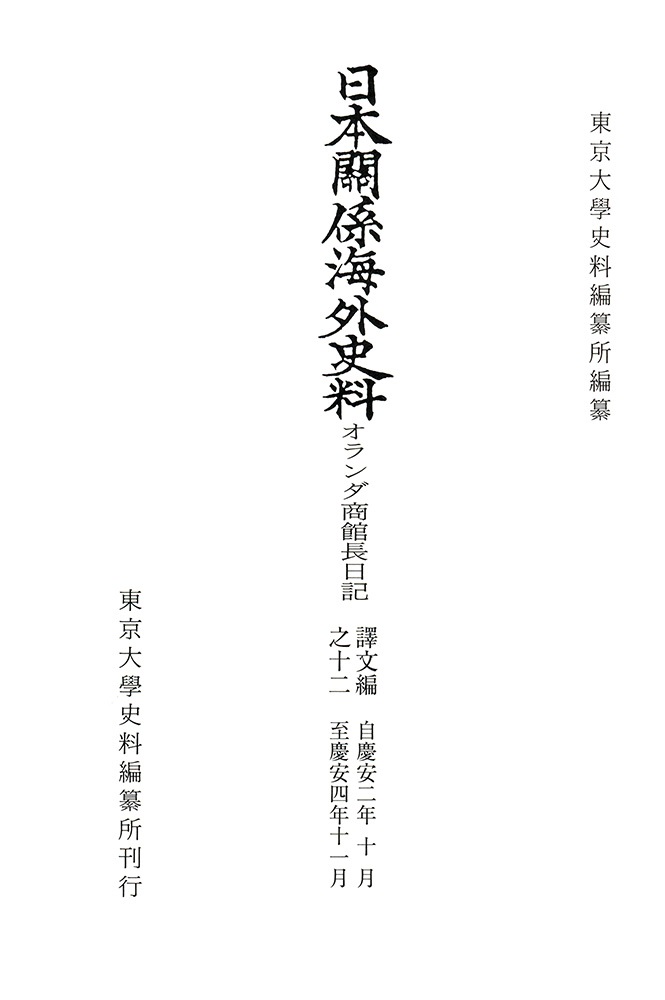
Title
Kokusho ga musubu gaikou (Correspondence between Crowns: Diplomatic Practices in the China Seas, 1400-1850)
Size
360 pages, A5 format
Language
Japanese
Released
January 31, 2019
ISBN
978-4-13-020308-1
Published by
University of Tokyo Press
Book Info
See Book Availability at Library
Japanese Page
Kokusho are a form of diplomatic letters appearing throughout Japanese history that are given much prominence in the country’s diplomatic historiography. The first kokusho, dating to the year 607, was directed “from the Emperor of the place of the rising sun (Japan) to the Emperor of the place of the sunset (China),” and is often seen as the first appearance of ancient Japan on the stage of international diplomacy. In 1853, a diplomatic notice from President Fillmore of the United States addressed the Tokugawa shogun has been understood as kokusho, which recommended the latter to open up his country.
The concept of kokusho derived from Early Modern Japanese-Korean relations. As modern historical studies in Japan have been trying to apply western concepts, little attention has been paid to the word’s actual definition. This lack of discussion is due to the continuity in the word’s use throughout the Early Modern and Modern periods. Most of the academic terms, such as “(sovereign) state,” “diplomacy,” and “society,” that we use in the humanities and sociology today were invented in 19th century Europe. Theories that apply these terms universally risk to fall into the frame of modernism and Eurocentrism. This book argues that a different terminology is necessary to describe Japanese diplomatic experiences in order to do justice to the alternative path that the development of modern state institutions has taken here as compared to Western countries.
In the age of globalization and post-colonial theory, it has become difficult to write history based on Eurocentric perspectives. As global power relations are shifting, diplomatic history must redefine itself to recognize the experience of non-western nations including China, India, and African countries, as well as Japan. In order to account for the diversity in human experiences, which will be a prominent factor in the construction of a stable order in the 21st century, as the dichotomy of east and west is becoming outdated.
This book thus focuses on kokusho not a Chinese but a Japanese term despite its Chinese sound – and travel passes such as kangо̄ (an authorized tally serving as a passport and trade permit), bunin (trading pass), and shuinjо̄ (red-seal passes), which are all products of Early Modern administration in East Asia. Working with these simple categories, represented by a plethora of original documents slumbering in archives, I hope to make a constructive contribution from a positivist point of view towards a globalizing historiographical discourse that goes beyond the separation of “the West and the Rest.”
This book aims to bring out the flexible nature of Early Modern diplomacy, with a focus on the following aspects. The first chapter will look into why rescripts of the Ming emperors were called beppuku by the Japanese. The second chapter examines Hideyoshi Toyotomi’s richly embellished kokusho. In the third chapter prarachasan (the equivalent to kokusho in Thai) will be discussed from various points of view. Unlikely the other chapter, the fourth chapter will deal with 15-16th centuries Italy when and where the “ambassador-in-residence system” had just started. The fifth chapter analyzes the Japan-Ming tally trade system that operated unexpectedly flexibly. The sixth chapter is interested in the truth of the Ming dynasty’s travel bunin that had been shrouded in a veil of mystery. The seventh chapter demonstrates how the tally for Siam was used, which was quite different from the Japan-Ming tally. In the eighth chapter the status of adopted children will be focused which had a greater effect than the Shōguns’ shuinjō in the interactions with Vietnam. As such, diplomacy in the early modern world was chaotic and organized at the same time, creating a highly flexible and adaptive system of trade and communication.
I have presented the ideas elaborated in this book at numerous international conferences, where it was well received by scholars of other areas. I believe that even as one moves away from Western histories, there is a way to reconcile specific terminology with a global discourse on early modernity. This book, I hope, will be an entryway for a Japanese perspective on early modern diplomacy applicable to international settings.
(Written by MATSUKATA Fuyuko, Associate Professor, Historiographical Institute / 2019)



 Find a book
Find a book


 eBook
eBook




